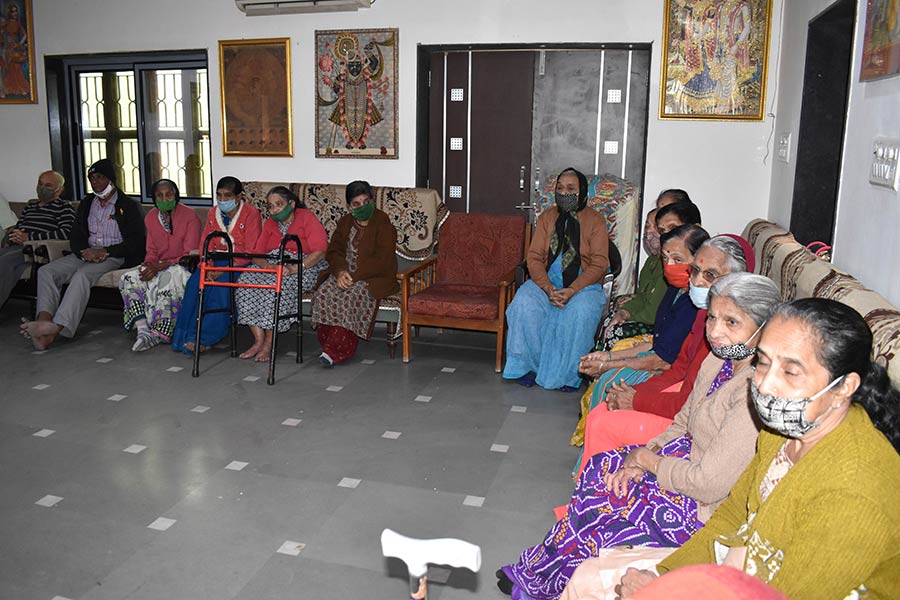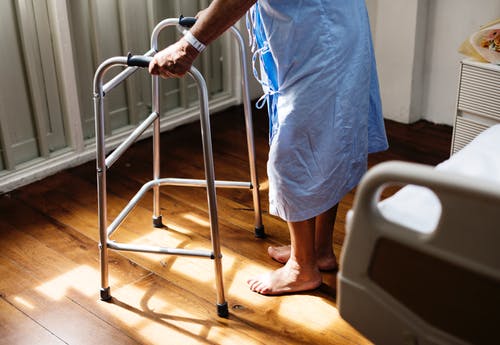- Insomnia in the elderly
Insomnia is one of the most common disorders found in elderly and is associated with numerous individual and environmental causes.
Insomnia is broadly defined as dissatisfaction with sleep either qualitatively or quantitatively. This is usually associated with one or more of the following:
- Difficulty initiating sleep
- Difficulty maintaining sleep (frequent awakenings)
- Early-morning awakening with inability to return to sleep
According to DSM V, the sleep disturbance causes clinically significant distress or impairment in social, occupational, educational, academic, behavioral, or other important areas of functioning. The sleep difficulty must be present for at least 3 months to be diagnosed as insomnia.
Insomnia in the ICSD-3 is defined as a complaint of trouble initiating or maintaining sleep that is associated with daytime consequences and is not attributable to environmental circumstances or inadequate opportunity to sleep.
- Factors causing Insomnia
- Predisposing Factors: These include demographic, biologic, psychological, and social characteristics. Smoking, alcohol use, and reduced physical activity are other factors associated with higher rates of insomnia in older adults.
- Precipitating Factors: These factors generally include stressful life events or medical conditions that may disrupt sleep. Older adults with respiratory symptoms, physical disability, and fair to poor perceived health are at increased risk of insomnia.
- Perpetuating Factors: These factors often consist of behavioral or cognitive changes that arise as a result of acute insomnia. An acute episode of insomnia will not necessarily develop into chronic insomnia without these provoking behavioral and cognitive events.
- Changes in Sleep with Aging
Along with many physiological changes witnessed in aging, significant changes also occur in sleep and circadian rhythm in a lifespan. The duration of sleep changes significantly in different stages of life. Total sleep in hour’s decreases considerably from 10 to 14 hours a night in the childhood, to 7 to 9 hours a night as a young adult, and then drastically decreases in the older age resulting in 5 to 7 hours of sleep a night. Sleep efficiency and quality continues to decrease past age 60 years.
- Morbidity Associated with Insomnia
Insomnia is associated with significant morbidity if left untreated. The strongest level of evidence is for mental illness. Older individuals with insomnia have a 23% increase in risk of development of depression symptoms.36 Several studies have documented an increased risk of depression in older patients with persistent insomnia.
- Chronic insomnia entails symptoms that occur at least three times per week for at least three months. Until these benchmarks are met, the condition is considered acute, or short-term, insomnia.





